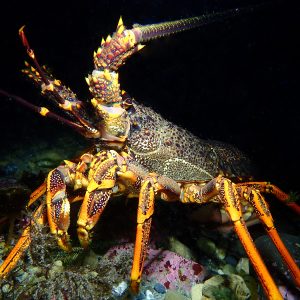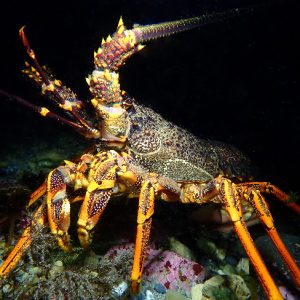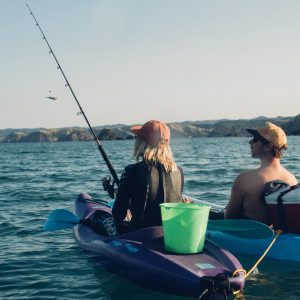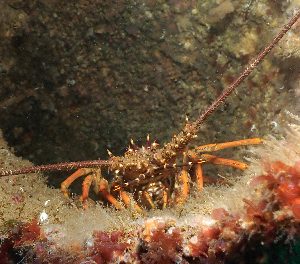LegaSea has responded to the Ministry for Primary Industries’ (MPI) annual review of rock lobster sustainability measures. MPI’s January discussion paper proposed the following changes to the Total Allowable Commercial Catch (TACC) –
- 9% decrease to the commercial catch level in CRA 3 (East Cape, Gisborne)
- 23% or 27% reduction to the commercial catch level within CRA 4 (Hawke’s Bay, Wairarapa & Wellington) and;
- 15% increase to the commercial catch level within CRA 7 (Otago)
The submission by our New Zealand Sport Fishing Council team supports the reductions in CRA 3 and CRA 4, while rejecting the increase in CRA 7 in favour of a more conservative approach.
Our concern is that these proposals come about after looking at last year’s commercial catch rates and assuming these are a suitable measure of abundance.
The management procedures used in this assessment process take into account some variables, but not all. This process relies heavily on self-reported figures of the number of pots hauled and crayfish catch including those undersized that were released. This data is largely unverified.

The use of an overly optimistic management procedure in CRA 4 (Hawke’s Bay, Wairarapa & Wellington) is likely to be one of the main contributing factors to the serious decline we are now witnessing.
Furthermore, the management procedure in CRA 2 is showing there is no need to change the commercial catch limits this year. This is despite the revelation that crayfish in the Hauraki Gulf, a large part of CRA 2, are considered functionally extinct and commercial interests have decided to shelve, set aside and not catch, 25% of their catch. It is obvious to us that changes are required in this area, yet the CRA 2 management procedure fails to highlight the need for action.
The inability of the science and management processes to acknowledge and address the depletion problem that most people can see clearly is a major concern. The ongoing depletion is denying public access and interests and a shift to a more reliable system is needed urgently.
To top it all off, fishers in CRA 3 and CRA 7 still have concession rules in place. These allow the commercial harvest of undersize male crayfish in order to boost catch. These undersized fish are not reported separately, leaving us unsure about the number of small crays being scooped up and sold off.
Simply, if the Minister is to make decisions in order to provide for people’s social, economic and cultural wellbeing, as is his statutory obligations, he must ensure that the new management settings will provide for all New Zealanders now and in the future. This will require the immediate removal of the unfair commercial concession and setting more precautionary catch limits.
Resources:





